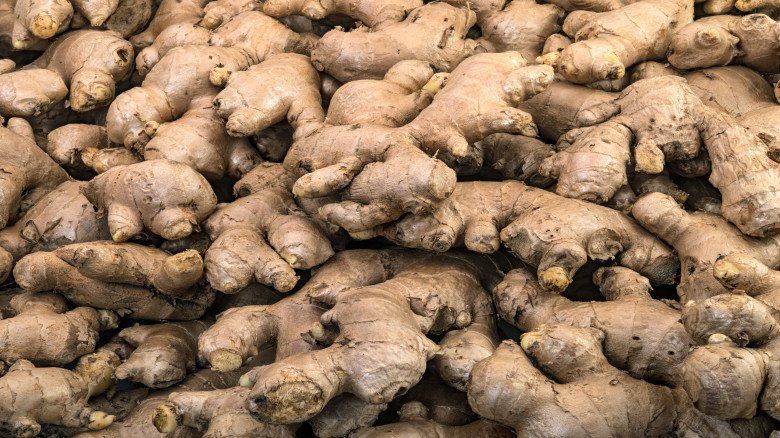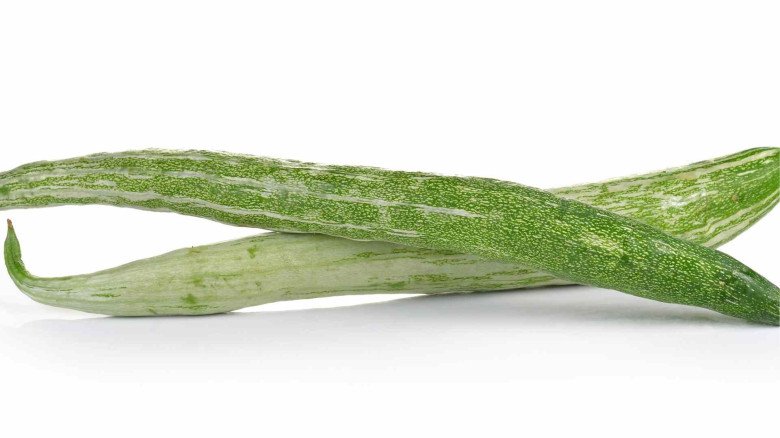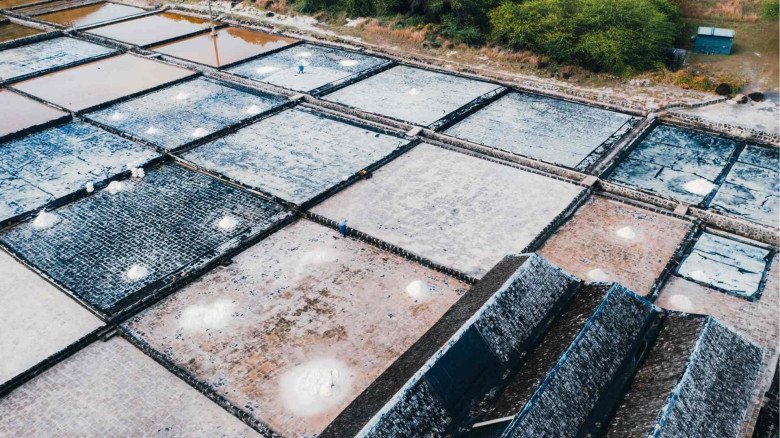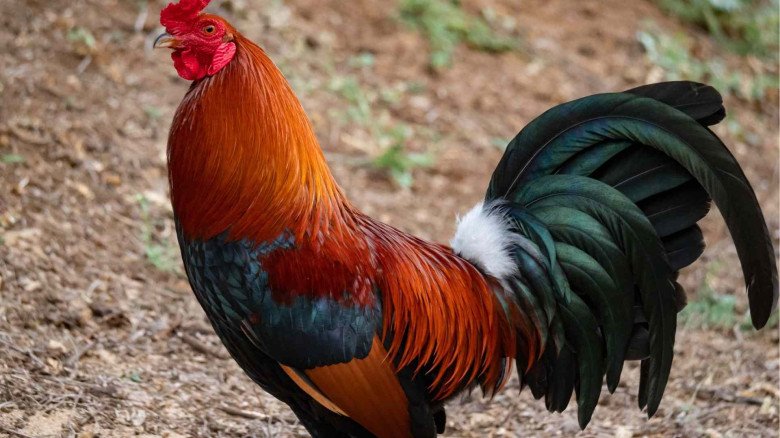Turmeric Cultivation | Key Benefits and Popular Uses Explained
Regarding Turmeric Cultivation
Native to South Asia, turmeric is a perennial plant. Another name for this revered spice in India is "Indian saffron." It serves as a flavoring and coloring agent and is a significant element in Indian cuisine. Owing to its anti-viral and anti-cancer properties, it finds use in the pharmaceutical and cosmetic sectors. Turmeric is also thought to aid in the development of brain-derived neurotrophic factor (BDNF), a growth hormone that promotes the formation of neurons in the brain and protects against diseases like Alzheimer's that are caused by the loss of neurons. Numerous studies have shown that turmeric is beneficial in the treatment of arthritis. The Indian states of Andhra Pradesh, Telangana, Maharashtra, Orissa, Tamil Nadu, Karnataka, and Kerala are among those where it is grown. Telangana state produces the most turmeric, with Karnataka, Andhra Pradesh, Maharashtra, and Tamil Nadu following closely after.
advantages of gardening
The toxicity protection action of curcumin, the main component in turmeric, is being researched by experts. For good reason, turmeric is one of the most popular superfood fads right now. Studies on this medicinal plant are ongoing, but it is believed to have anti-inflammatory, digestive, and pain-relieving qualities. Its rich yellow hue, earthy, bitter flavor, and visual appeal provide intrigue to any meal. In warm soil, plant the turmeric in September or October. Planting the rhizomes should be done 5 to 7 cm deep. It is often planted in ridges, with 15 to 30 cm between plants and typically 30 to 45 cm apart. Setts—tiny rhizomes with one or two buds—plant the crop. Harvesting. The crop may be harvested in seven to nine months after sowing in January through March, depending on the cultivar. Medium types need 8 to 9 months to develop, late kinds take 9 months, while early cultivars mature in 7-8 months. There is a range of 18 to 24 quintals per acre for turmeric crops. Assuming an average output of 18 quintals, the total revenue from the sale of the turmeric crop would be between Rs. 1,8000 and Rs. 2,00000, based on a price per kg of turmeric. Up to 1500 meters above sea level, in the hills, turmeric may be cultivated in temperatures between 20 and 30 degrees Celsius and with 1500 to 2250 millimeters of annual precipitation. It is cultivated under irrigation as well. It does well in a well-drained, humus-rich sandy or clayey soil. It may be cultivated on diverse soil viz. India grows turmeric throughout two distinct growing seasons: February through May and August through October.
The agricultural applications of turmeric.
Turmeric is mostly used as a spice in homes to prepare meals and may also be used to shield crops from pests and illnesses. When a caterpillar bites and chops a section of the crop, it is time to spray. Spraying is now advantageous to the crop.
-logo.webp.png)
.jpg)
-logo.webp.png)


































Leave A Comment